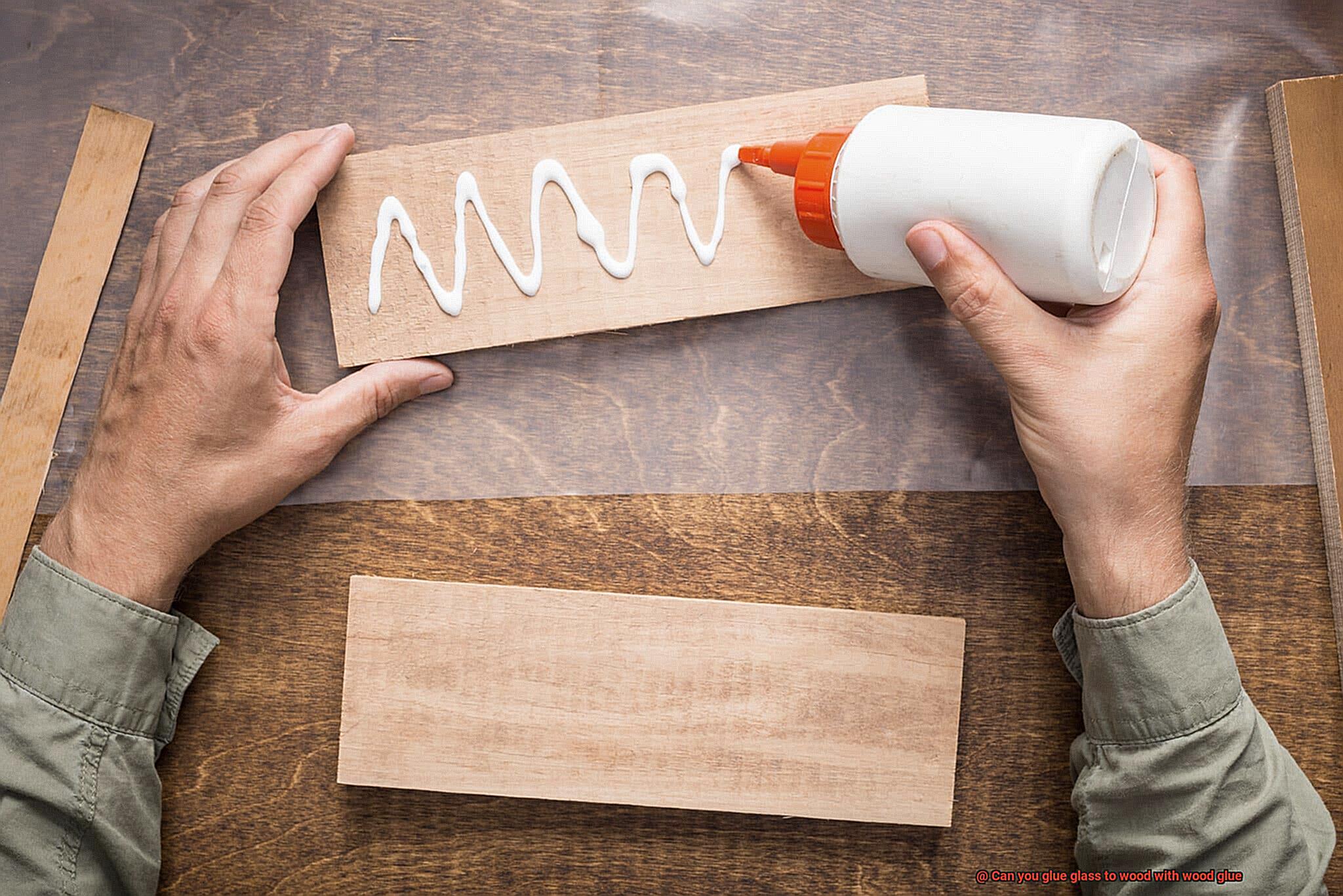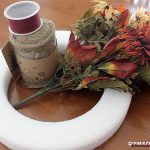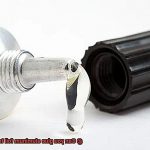Welcome to our blog post, where we dive headfirst into the captivating world of woodworking.
Today, we’re tackling a burning question that DIY enthusiasts and carpenters often find themselves pondering – can you stick glass to wood using good ol’ wood glue? If you’ve ever wondered about fusing these two materials together, look no further.
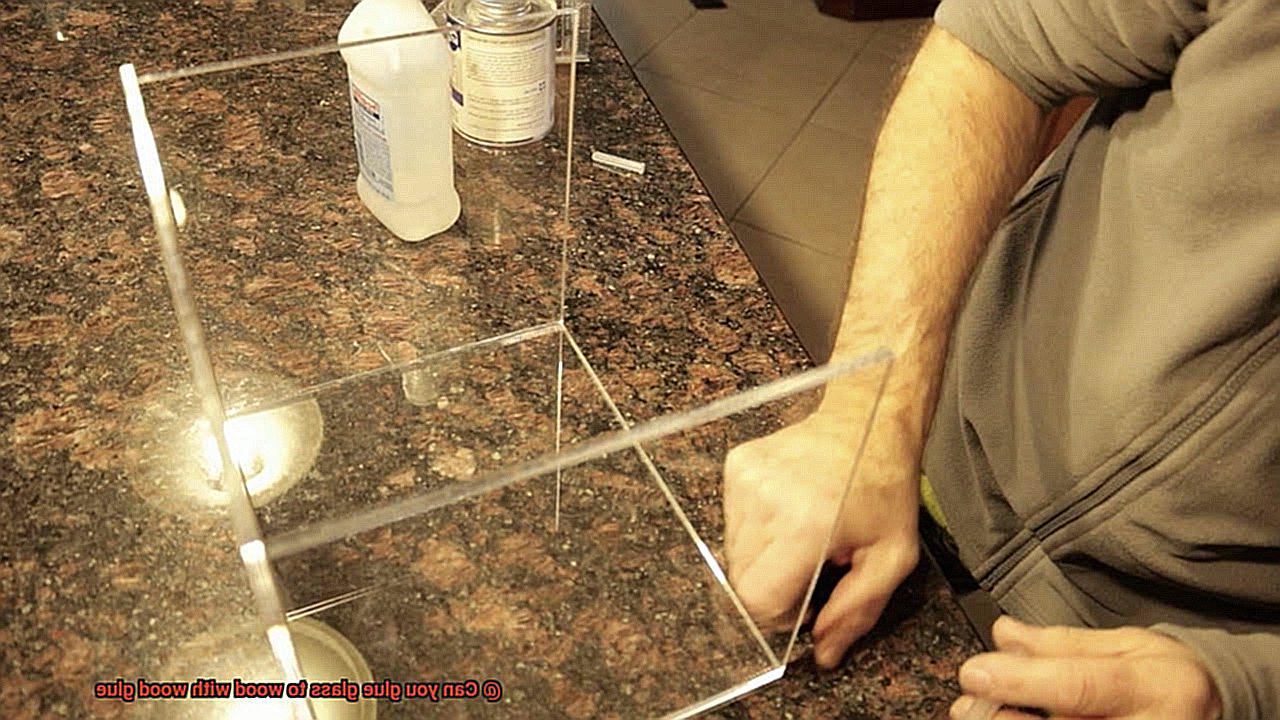
Woodworking projects demand versatility and the knack for seamlessly melding different substances. While wood glue has long been a go-to adhesive for woodworking ventures, it’s crucial to grasp its limitations when it comes to bonding glass and wood.
So, strap on your safety goggles and let’s plunge into the depths of whether wood glue truly has what it takes to forge a rock-solid connection between glass and wood surfaces.
Understanding the Properties of Wood and Glass
Contents
- 1 Understanding the Properties of Wood and Glass
- 2 Can You Glue Glass to Wood with Wood Glue?
- 3 Advantages and Disadvantages of Using Wood Glue for Bonding Glass to Wood
- 4 Specialized Adhesives for Bonding Glass to Wood
- 5 Epoxy Resin: A Stronger Alternative for Bonding Glass to Wood
- 6 Cyanoacrylate Glue: An Instant Option for Bonding Glass to Wood
- 6.1 Advantages of Cyanoacrylate Glue:
- 6.2 Considerations for Using Cyanoacrylate Glue: Surface preparation: Before applying cyanoacrylate glue, ensure that both the glass and wood surfaces are clean, dry, and free from any dirt, dust, or grease. Give the wood surface a gentle sanding to create a rough texture that enhances the adhesive’s grip. For an extra strong bond, use a primer designed specifically for bonding glass and wood surfaces together. Application technique: Apply cyanoacrylate glue sparingly onto one of the surfaces. Excessive application may result in excess glue seeping out when pressure is applied. After applying the glue, firmly press the glass and wood surfaces together, ensuring proper alignment before applying pressure. Clamping is generally not necessary, but it can be used if desired, especially for larger or heavier glass pieces. Compatibility and limitations: Not all types of glass and wood are suitable for cyanoacrylate glue. Check the manufacturer’s instructions to ensure compatibility. Additionally, this adhesive may not be the best choice for applications exposed to high temperatures or moisture, as it may weaken or break down over time. Considerations When Choosing an Adhesive for Bonding Glass to Wood Picture a magnificent fusion of glass and wood, only for it to crumble apart within days. Don’t let that be your fate. Selecting the right adhesive for bonding glass to wood is vital for a durable and long-lasting bond. In this article, we’ll explore the crucial factors to consider when choosing an adhesive, empowering you to embark on your glass and wood fusion journey confidently. Types of Adhesives Available:
- 6.3 Differences between Adhesives:
- 6.4 Choosing the Right Adhesive:
- 6.5 Other Relevant Information:
- 7 Conclusion
Wood and glass, two materials with their own distinct properties, present unique challenges when it comes to bonding them together. In this article, we will delve into the complexities of using wood glue for this task and discover how specialized adhesives like epoxy resin can create an unbreakable bond. By gaining a deeper understanding of these properties, you’ll be empowered to make informed decisions when it comes to joining wood and glass.
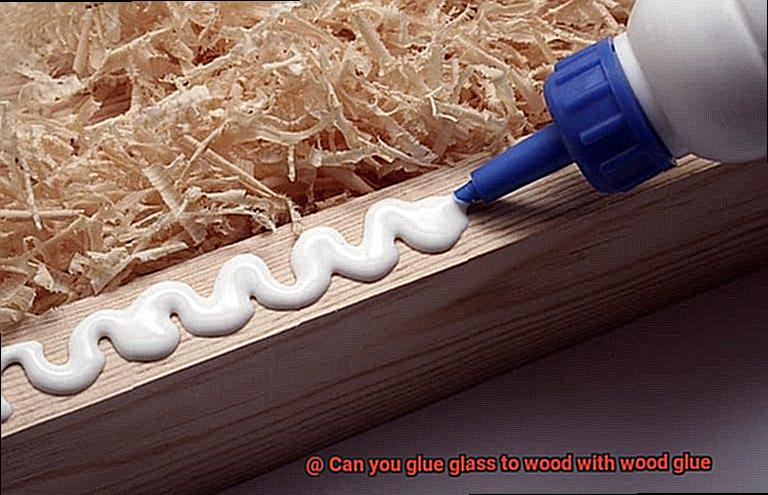
Wood Glue Challenges:
- Porosity: Wood’s porous nature allows it to absorb moisture, causing it to expand or contract with fluctuations in temperature and humidity. This porosity poses a challenge for wood glue as it struggles to penetrate the surface and establish a strong bond.
- Grip on Glass: The sleek surface of glass offers minimal traction for wood glue, resulting in weak adhesion. The non-porous nature of glass makes it difficult for the adhesive to firmly adhere.
Specialized Adhesives – Epoxy Resin:
- Unyielding Bond: Epoxy resin reigns supreme when it comes to bonding glass to wood due to its outstanding adhesive properties. A chemical reaction occurs when the resin and hardener are mixed, creating an unbreakable and enduring connection between the two materials.
- Adhesion to Non-Porous Surfaces: Epoxy resin is specifically formulated to triumph over the challenges posed by traditional wood glue, adhering flawlessly to non-porous surfaces like glass.
- Versatile Application: Epoxy resins boast versatility, making them ideal for a wide range of applications, including bonding glass and wood together. They offer superior adhesion, durability, and resistance against environmental factors.
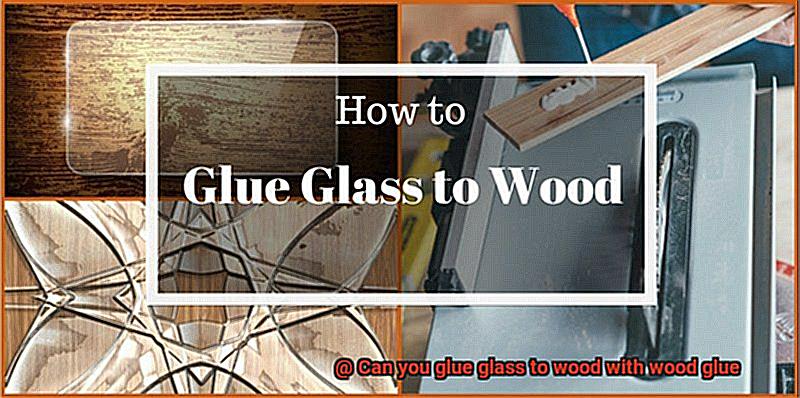
Other Options:
Cyanoacrylate Glue: Also known as super glue or instant glue, cyanoacrylate adhesives provide quick and strong bonds between glass and wood. However, their limited strength may not be suitable for large or heavy glass objects.
Can You Glue Glass to Wood with Wood Glue?
When it comes to gluing glass to wood, traditional wood glue falls short due to the contrasting properties of these materials. But fear not, because we have an expert solution that will blow your mind – epoxy resin. This superhero adhesive is specially formulated to conquer the seemingly impossible task of bonding glass to wood, providing a bond that is both strong and durable.
Why Epoxy Resin?
Epoxy resin is a remarkable adhesive that defies the odds. Its unique composition consists of two components: a resin and a hardener. When combined, these components undergo a chemical reaction, transforming the adhesive into an unyielding force that bonds glass and wood surfaces seamlessly.
The Process:
- Cleanliness is Key: To ensure optimal bonding strength, it is crucial to clean both the glass and wood surfaces, removing any debris or dust.
- Even Application: Use a small brush or applicator to apply a thin layer of epoxy resin onto both the glass and wood surfaces. Ensure that the resin is spread evenly for uniform coverage.
- Press and Hold: To create a tight connection, press the glass firmly onto the wood surface. Utilize clamps or weights to hold them together until the adhesive cures.
- Curing Time: The curing time for epoxy resin varies depending on the brand and product specifications. It is essential to follow the manufacturer’s instructions to determine the ideal curing time and conditions.
- Strength and Durability: Once fully cured, the epoxy resin will provide a robust and long-lasting bond between the glass and wood surfaces. However, keep in mind that factors such as wood and glass type can influence the strength of the bond.
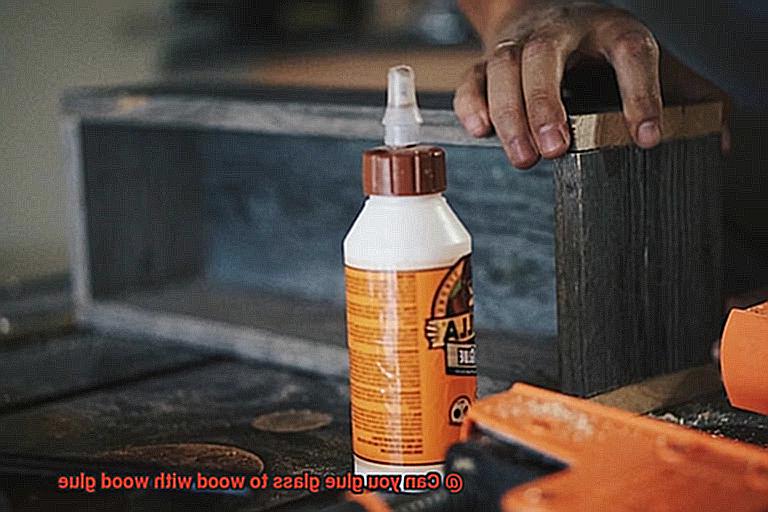
Safety First:
When handling epoxy resin or any other adhesive, prioritize safety by wearing gloves and working in a well-ventilated area.
Advantages and Disadvantages of Using Wood Glue for Bonding Glass to Wood
Selecting the right adhesive for bonding glass to wood is crucial. Wood glue is a popular choice that comes with its own set of advantages and disadvantages. This article explores the pros and cons of using wood glue for this specific application.
Advantages of Using Wood Glue for Bonding Glass to Wood:
- Strong Bond: High-quality wood glue creates a robust bond that can withstand various stresses and strains, ensuring a long-lasting connection between glass and wood surfaces.
- Easy Application: Wood glue is user-friendly and convenient, thanks to its liquid form that allows for easy spreading and even distribution. Applicator tips or brushes further enhance precision during application.
- Versatility: Wood glue excels at bonding different types of wood to glass, making it suitable for hardwood, softwood, plywood, and engineered wood.
- Cost-Effective: Wood glue is an affordable option, especially when compared to specialized adhesives designed specifically for glass bonding. This makes it a cost-effective choice for those on a budget or working on large-scale projects.
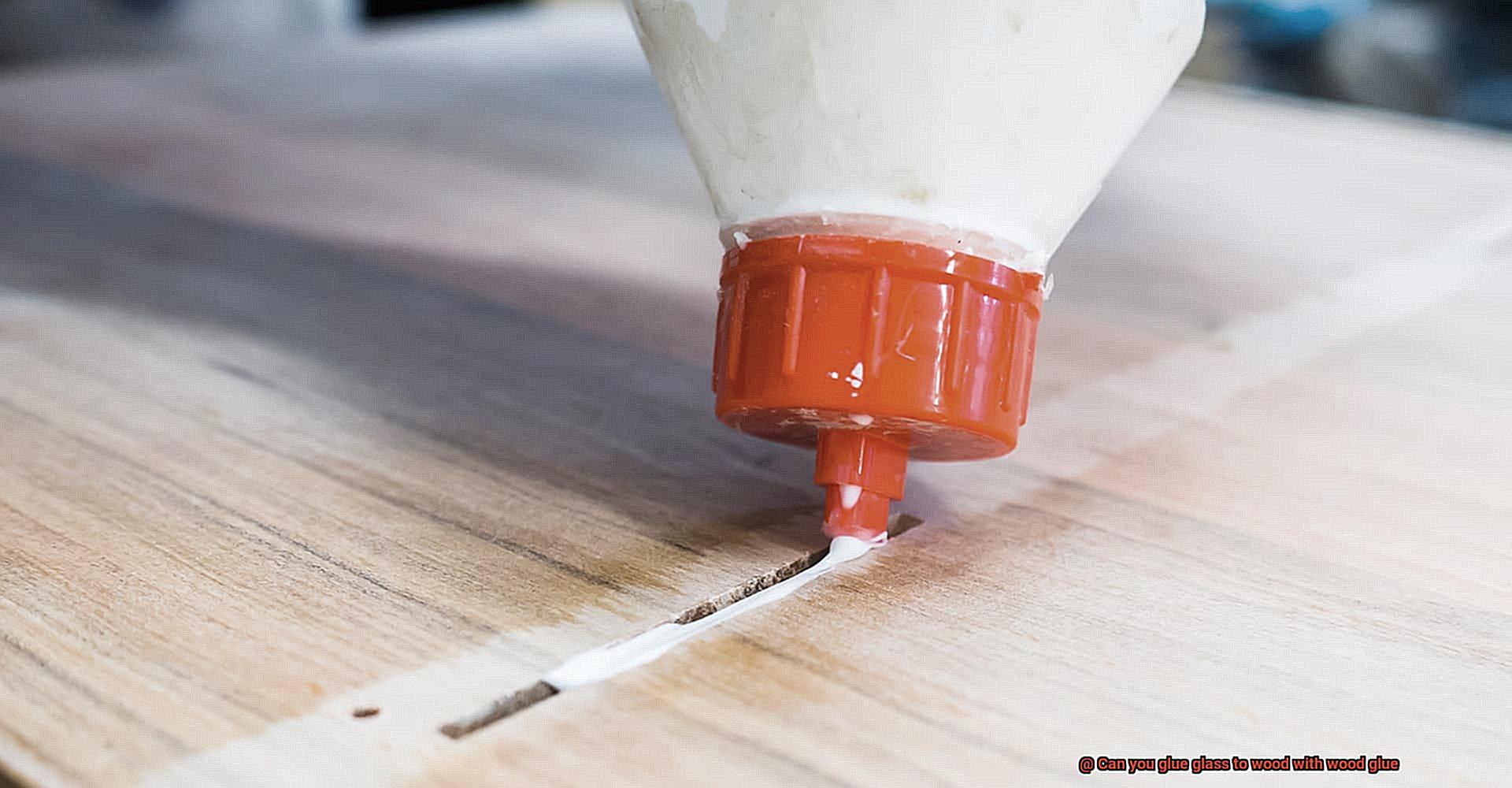
Disadvantages of Using Wood Glue for Bonding Glass to Wood:
- Limited Transparency: Wood glues typically dry to a yellowish or brownish color, which can be visible through the glass. This may not be ideal in applications where a clear or invisible bond is preferred.
- Not Waterproof: Most wood glues are not designed to be waterproof. If the bonded object will be exposed to moisture or water, the bond may weaken over time or fail completely. For water-resistant applications, specialized adhesives formulated for glass-to-wood bonding are recommended.
- Longer Drying Time: Wood glue generally requires more time to dry compared to some other adhesives. Depending on the brand and type used, it may take several hours or overnight for the bond to fully cure and achieve maximum strength. This can be a drawback when a quick bond is desired.
- Limited Flexibility: Once dried and cured, wood glue has limited flexibility. In applications where significant movement or flexing is expected, the bond may become compromised over time. For objects subjected to frequent vibrations or temperature changes, a more flexible adhesive should be considered.
Specialized Adhesives for Bonding Glass to Wood
When it comes to bonding glass to wood, using specialized adhesives is crucial for achieving a strong and durable bond. While regular wood glue may work for some applications, it is not always the most reliable option for this particular task. Fortunately, there are several specialized adhesives available that are specifically designed for bonding glass to wood.
One popular adhesive choice is epoxy. Epoxy is a versatile adhesive that can create a strong and durable bond between glass and wood. It is available in various formulations, including those specifically designed for bonding glass. These specialized epoxy adhesives often have high shear strength, excellent clarity, and resistance to moisture and temperature changes. This makes them ideal for applications where a transparent and long-lasting bond is required.
Another option to consider is silicone adhesive. Silicone adhesives are known for their flexibility, which allows them to accommodate the different expansion and contraction rates of glass and wood. They also have good resistance to water and UV radiation, making them suitable for both indoor and outdoor applications. Silicone adhesives can provide a reliable bond between glass and wood while maintaining flexibility and durability.
UV-curing adhesives are also commonly used for bonding glass to wood. These adhesives are applied as a liquid and then cured using ultraviolet light. They offer fast curing times and high bond strength. However, it’s important to note that UV-curing adhesives may not be as readily available as epoxy or silicone adhesives.
In addition to choosing the right adhesive, there are specific techniques that can enhance the bond between glass and wood. One such technique is the use of a primer or surface treatment before applying the adhesive. This helps improve the adhesion by creating a better surface for the adhesive to bond to.
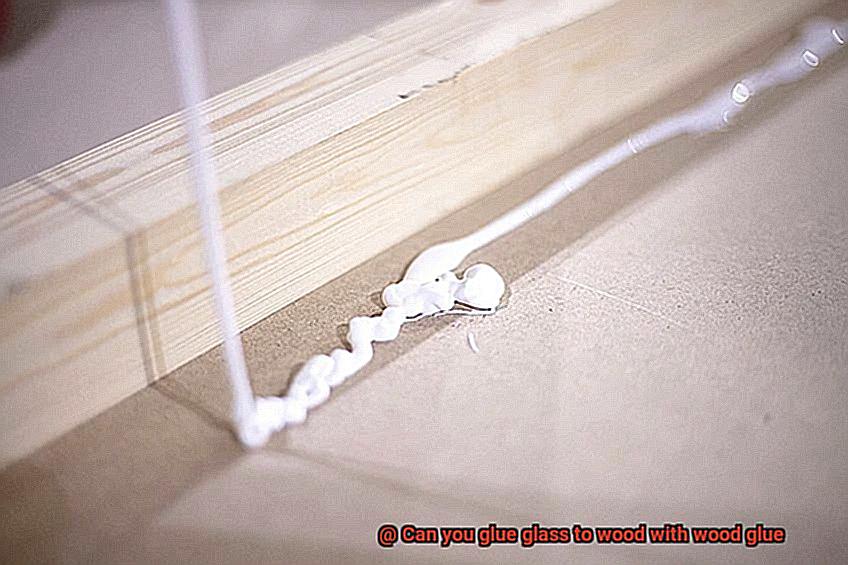
When using specialized adhesives for bonding glass to wood, it’s important to follow the manufacturer’s instructions carefully. Conducting tests on a small sample before applying the adhesive to larger areas is also recommended. Proper surface preparation and application techniques are crucial for achieving optimal results.
Epoxy Resin: A Stronger Alternative for Bonding Glass to Wood
In the world of adhesives, traditional wood glue falls short when it comes to bonding glass to wood. To create a lasting and robust connection between these two materials, you need an adhesive that can withstand the test of time. Enter epoxy resin – the superhero of adhesives. This article delves into why epoxy resin is the superior choice for bonding glass to wood.
Strength and Durability:
Epoxy resin is renowned for its incredible strength and durability. Unlike regular wood glue, which may weaken over time or with exposure to moisture, epoxy resin forms an unbreakable bond between glass and wood surfaces. This means your glass and wood creations will remain intact for years to come, standing up to everyday wear and tear.
Waterproof Seal:
One of the key advantages of using epoxy resin for bonding glass to wood is its ability to create a waterproof seal. Traditional wood glue may lose its adhesive properties when exposed to moisture or water, compromising the integrity of the bond. In contrast, epoxy resin remains unaffected by water, making it ideal for projects that will be exposed to the elements or areas prone to moisture.
Temperature Resistance:
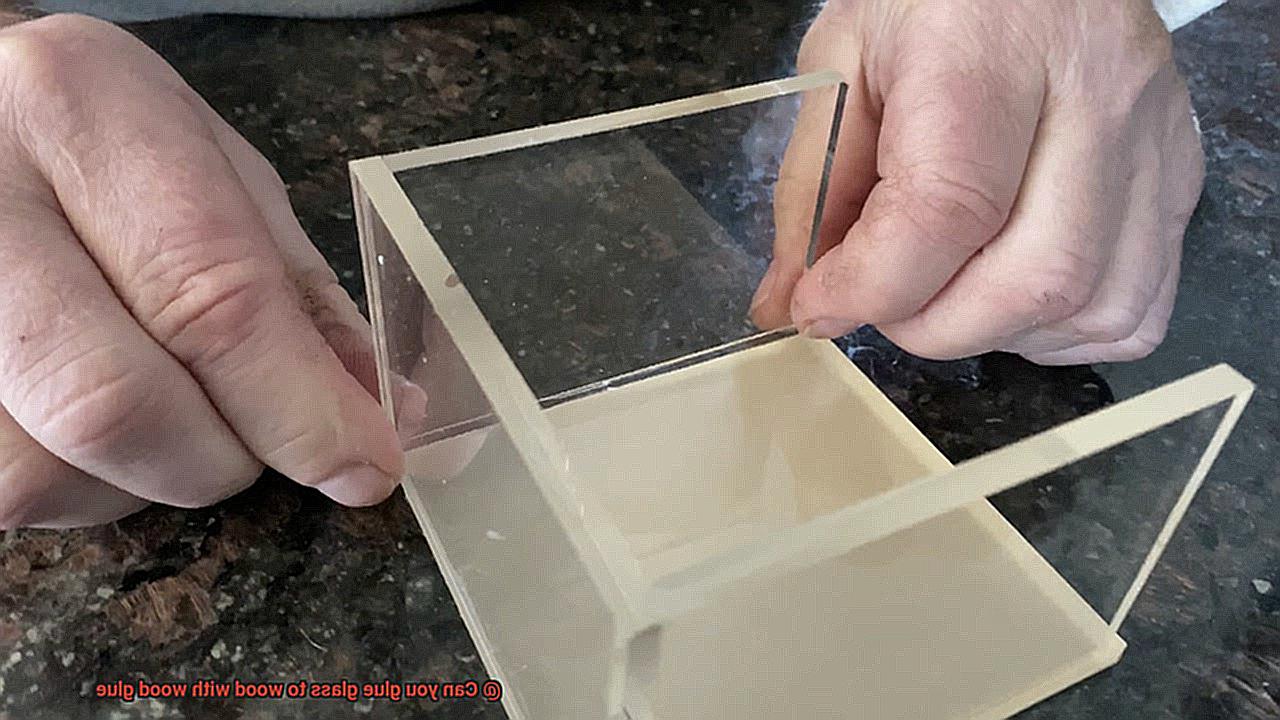
Epoxy resin offers excellent resistance to temperature changes, making it a reliable choice for outdoor projects or areas with fluctuating temperatures. Whether it’s scorching heat or freezing cold, epoxy resin maintains its strength and integrity without weakening or becoming brittle like regular wood glue might. This ensures that your bonded glass and wood surfaces stay secure in any climate.
Gap-Filling Properties:
Another notable benefit of using epoxy resin is its remarkable ability to fill gaps and cracks in both wood and glass surfaces. This feature ensures a tight and secure bond, even if the surfaces are not perfectly smooth or aligned. Regular wood glue may struggle to bond uneven surfaces, but epoxy resin adapts and fills in any gaps, resulting in a stronger and more reliable connection.
Proper Surface Preparation:
To achieve optimal bonding strength, proper surface preparation is crucial when using epoxy resin. Both the glass and wood surfaces should be thoroughly cleaned, dried, and free from any dust, dirt, or grease. Sanding the wood surface can also improve adhesion. By taking the time to prepare the surfaces correctly, you maximize the effectiveness of the epoxy resin and ensure a long-lasting bond.
Cyanoacrylate Glue: An Instant Option for Bonding Glass to Wood
In the world of adhesives, one option stands out when it comes to bonding glass to wood – cyanoacrylate glue, also known as super glue. This powerful adhesive offers instant bonding, making it a convenient choice for various applications. Let’s explore the advantages and considerations of using cyanoacrylate glue for bonding glass to wood.
Advantages of Cyanoacrylate Glue:
- Quick drying time: Unlike traditional wood glues that require clamping and long curing times, cyanoacrylate glue bonds almost instantly upon contact. No need to wait around for hours for the adhesive to set. It’s perfect for projects that demand immediate adhesion, such as attaching glass panels to wooden frames or creating decorative pieces combining glass and wood elements.
- Strong bond strength: When applied correctly, cyanoacrylate glue forms a solid and durable bond between glass and wood surfaces. It can withstand regular use and some amount of stress or tension. Your glass and wood creations will stay intact for a long time. Just make sure to consider factors like the type of wood and glass being used, as well as proper surface preparation and application technique.
Considerations for Using Cyanoacrylate Glue:
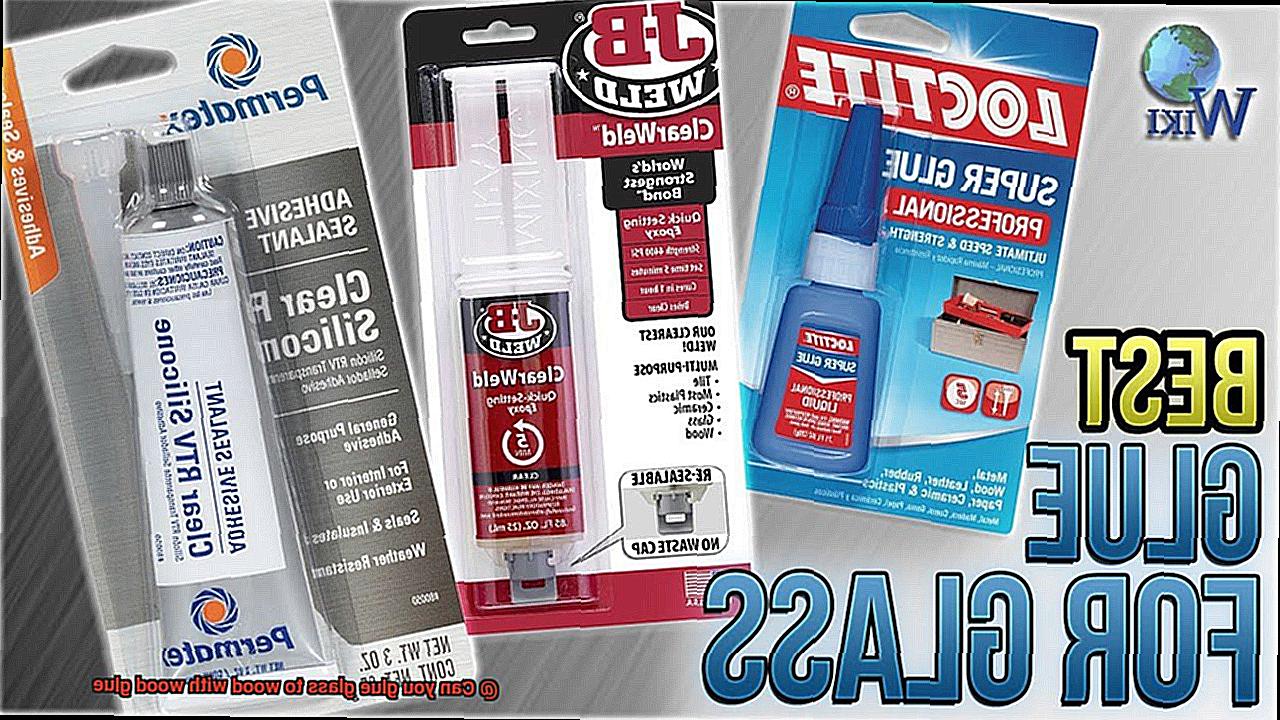
- Surface preparation: Before applying cyanoacrylate glue, ensure that both the glass and wood surfaces are clean, dry, and free from any dirt, dust, or grease. Give the wood surface a gentle sanding to create a rough texture that enhances the adhesive’s grip. For an extra strong bond, use a primer designed specifically for bonding glass and wood surfaces together.
- Application technique: Apply cyanoacrylate glue sparingly onto one of the surfaces. Excessive application may result in excess glue seeping out when pressure is applied. After applying the glue, firmly press the glass and wood surfaces together, ensuring proper alignment before applying pressure. Clamping is generally not necessary, but it can be used if desired, especially for larger or heavier glass pieces.
- Compatibility and limitations: Not all types of glass and wood are suitable for cyanoacrylate glue. Check the manufacturer’s instructions to ensure compatibility. Additionally, this adhesive may not be the best choice for applications exposed to high temperatures or moisture, as it may weaken or break down over time.
Considerations When Choosing an Adhesive for Bonding Glass to Wood
Picture a magnificent fusion of glass and wood, only for it to crumble apart within days. Don’t let that be your fate. Selecting the right adhesive for bonding glass to wood is vital for a durable and long-lasting bond. In this article, we’ll explore the crucial factors to consider when choosing an adhesive, empowering you to embark on your glass and wood fusion journey confidently.
Types of Adhesives Available:
Not all adhesives are created equal when it comes to bonding glass to wood. While wood glue may be your go-to for other projects, it is unsuitable for this particular task. Instead, opt for specialized adhesives designed specifically for bonding non-porous materials like glass to porous surfaces like wood. Two popular options are silicone-based adhesives and epoxy resins.
Differences between Adhesives:

Silicone-based adhesives offer excellent flexibility and resistance to temperature fluctuations, making them ideal for applications under stress or changing environmental conditions. Conversely, epoxy resins provide exceptional strength and durability, making them perfect for projects requiring high-strength bonding.
Choosing the Right Adhesive:
To select the right adhesive for your glass-to-wood bonding project, consider material compatibility, required bond strength, temperature resistance, flexibility, and drying time. Ensure the adhesive can effectively bond both glass and wood surfaces, withstand weight and stress, endure temperature fluctuations without compromising integrity, accommodate differences in expansion rates between glass and wood, and offer a drying time suitable for your project timeline.
Other Relevant Information:
Before applying any adhesive, meticulously prepare the surfaces by thoroughly cleaning them and removing any contaminants or debris. Ensure both surfaces are dry and free from oils or residues that could hinder the bonding process. Follow the manufacturer’s instructions regarding application techniques, curing time, and specific precautions diligently.
7ctA4DzLHcA” >
Also Read: How to Glue PVC to Wood?
Conclusion
In conclusion, while traditional wood glue may not be the ideal choice for bonding glass to wood, fear not. There are specialized adhesives out there that can work wonders in creating a strong and long-lasting bond between these two materials. Enter epoxy resin, the superhero of adhesives. With its exceptional strength, durability, and resistance to moisture and temperature changes, it’s a top contender for gluing glass to wood. Prepare your surfaces properly and apply this mighty adhesive with finesse, and you’ll have an unbreakable connection that will leave others in awe.
But wait, there’s more. Cyanoacrylate glue, also known as super glue, offers another option for instant bonding between glass and wood. It’s like magic – drying upon contact and forming a solid bond in no time. However, keep in mind that it may not be suitable for all types of glass and wood or for applications exposed to high temperatures or moisture.
When selecting an adhesive for your glass-to-wood project, consider various factors such as material compatibility, required bond strength, temperature resistance, flexibility, and drying time. Don’t settle for mediocrity when specialized adhesives like epoxy resin or silicone-based options are specifically designed to excel at this task. They offer superior performance compared to traditional wood glue.
Remember: always play by the rules. Follow the manufacturer’s instructions meticulously when working with any adhesive. Safety first. With the right adhesive in hand and proper techniques at your disposal, you’ll be able to successfully glue glass to wood and create breathtaking projects that will endure the test of time.
You may also like:



